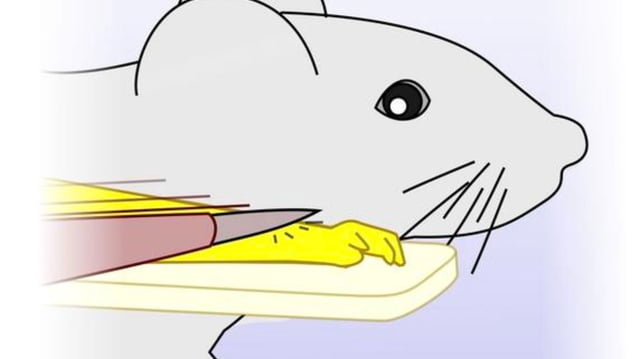Overview
- Researchers adapted the human rubber-hand illusion for mice by brushing a hidden real forelimb and a visible 3D-printed replica in precise synchrony.
- Mice exposed to synchronous strokes maintained prolonged gaze on a threatening object near the artificial limb, signaling a sense of ownership.
- Behavioral responses were stronger when the artificial limb resembled a real forelimb rather than a neutral object.
- High-speed videography of pupil movements provided an objective measure to distinguish synchronous from asynchronous embodiment conditions.
- This murine model offers a new platform to dissect neural circuits of embodiment and to refine strategies for prosthetic limb integration.

